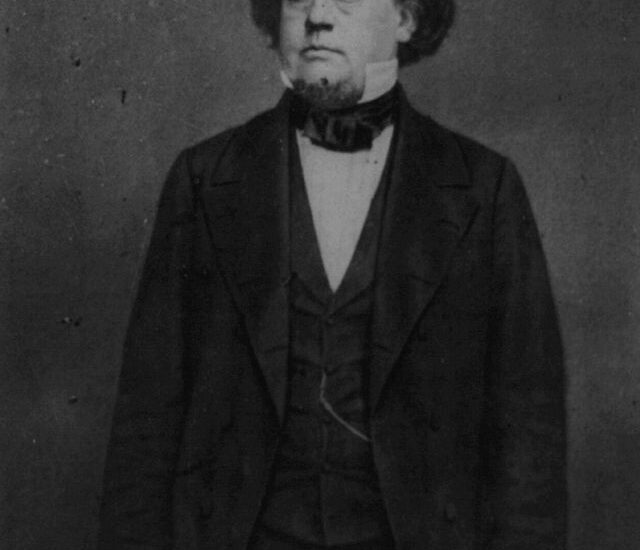As you stand before the majestic Robert Toombs’ Oak, you’re not just witnessing a natural wonder, but a living testament to the rich historical tapestry of American politics and the antebellum South. Named after Robert Toombs, a prominent 19th-century politician and one of the founding figures of the Confederacy, this site holds stories that weave through the very fabric of America’s history.
Robert Toombs was born into a world of political turmoil and opportunity on July 2, 1810, in Wilkes County, Georgia. He rose to prominence as a lawyer, state legislator, and U.S. Senator, becoming a staunch advocate for states’ rights and Southern interests. His eloquence and fiery oratory earned him a formidable reputation, influencing the political landscape of his time.
The oak itself, standing tall and proud, has been a silent witness to Toombs’ many passionate speeches and gatherings. Imagine the gatherings under its sprawling branches, where ideas clashed and decisions were made that would shape the future of the nation. It’s said that this very spot was where Toombs would muse and strategize about the future of the South, contributing to his pivotal role in the secession movement.
During the Civil War, Toombs served as the Confederate Secretary of State and later as a Brigadier General. However, it was his post-war activities that cemented his controversial legacy. A staunch opponent of Reconstruction, Toombs refused to seek a pardon from the U.S. government, living in self-imposed exile in Europe before returning to Georgia, where he continued to influence local politics until his death in 1885.
Over the years, the oak has become a symbol of resilience and reflection. It stands as a reminder of the complexities of American history, embodying the tensions and triumphs of a nation divided and later unified. The stories whispered by its leaves are those of conflict, change, and the relentless march toward a more perfect union.
Today, Robert Toombs’ Oak is not just a historical landmark but a place for contemplation on the enduring struggle for civil rights and equality. As you stand here, let the whispers of the past guide your thoughts on the progress we’ve made and the journey that lies ahead.




